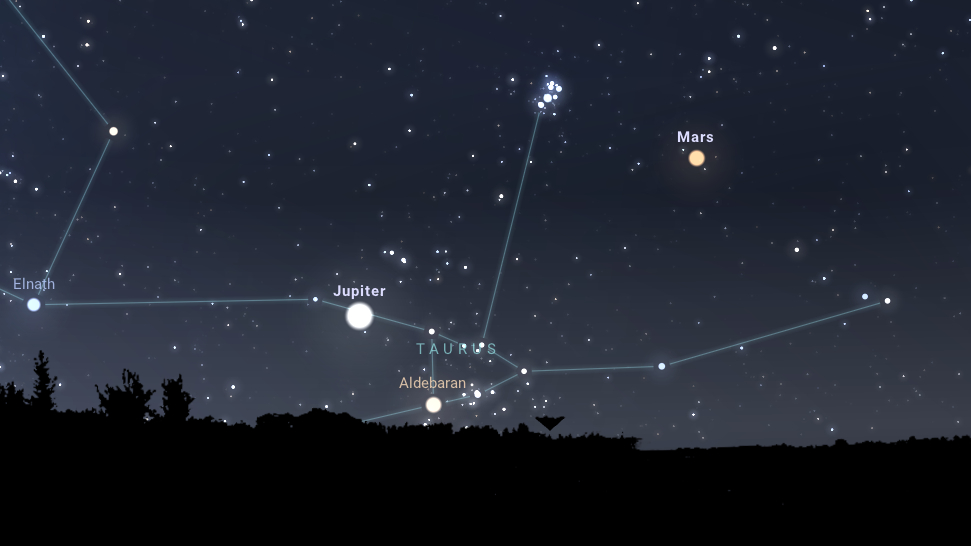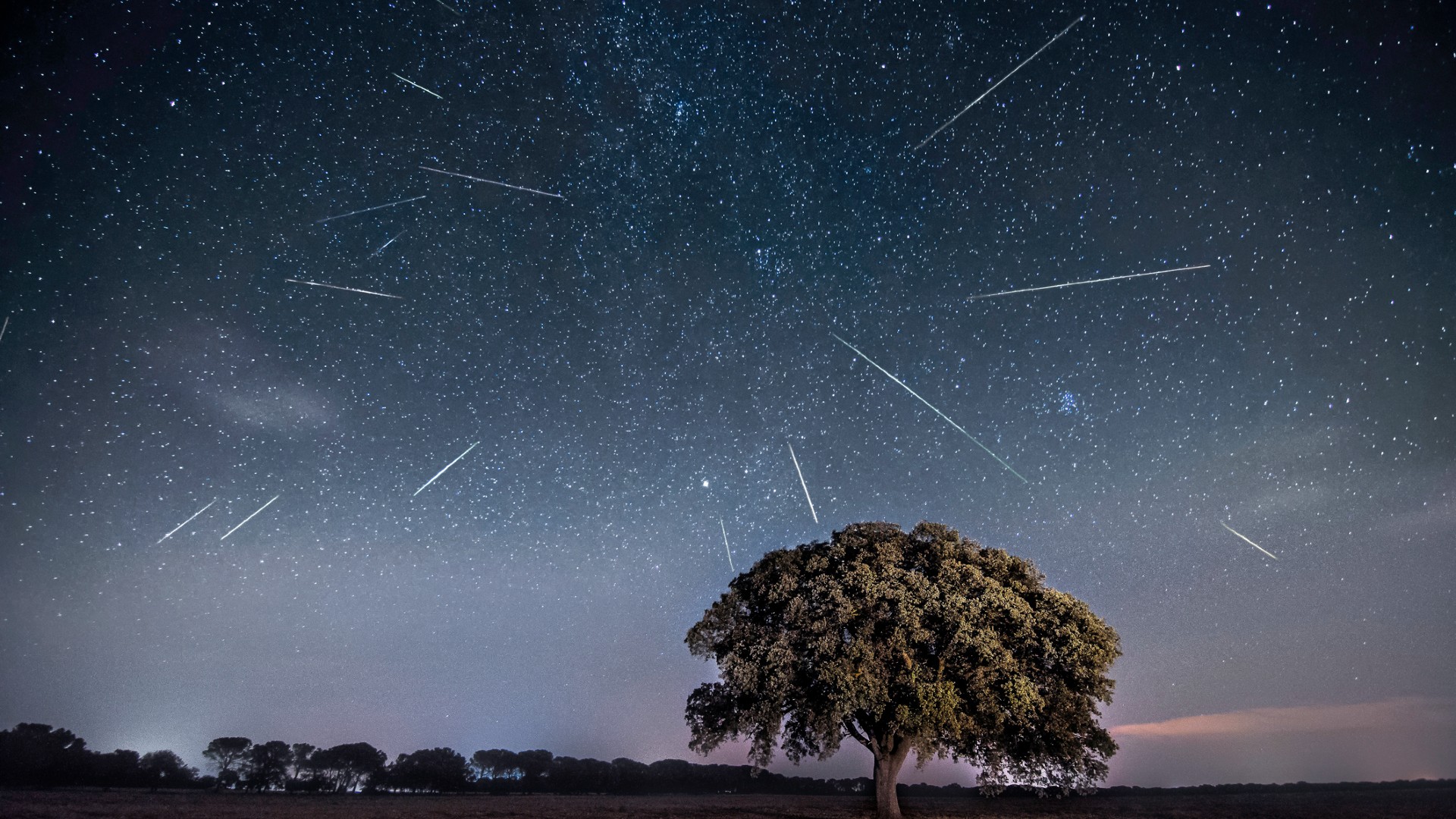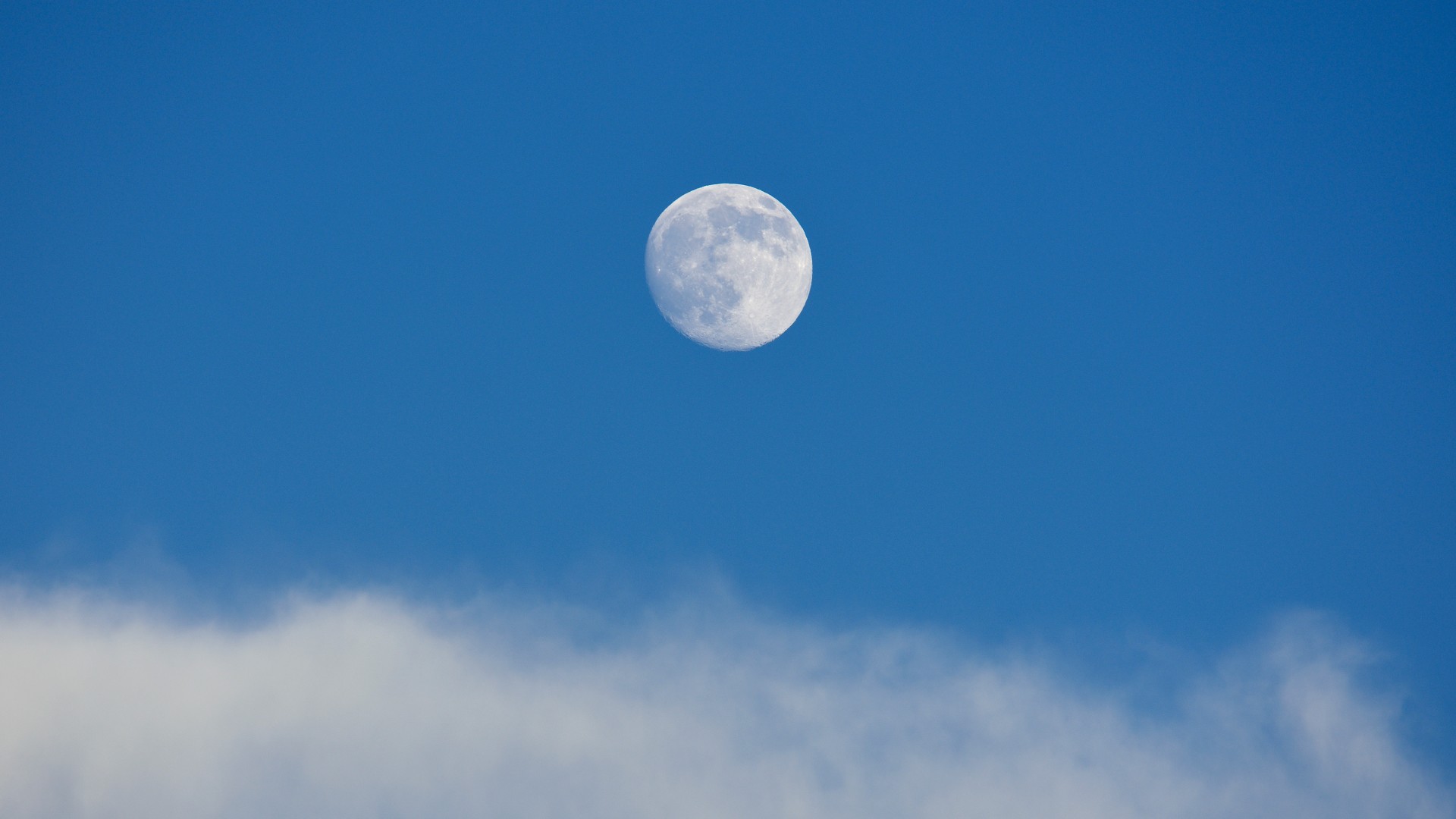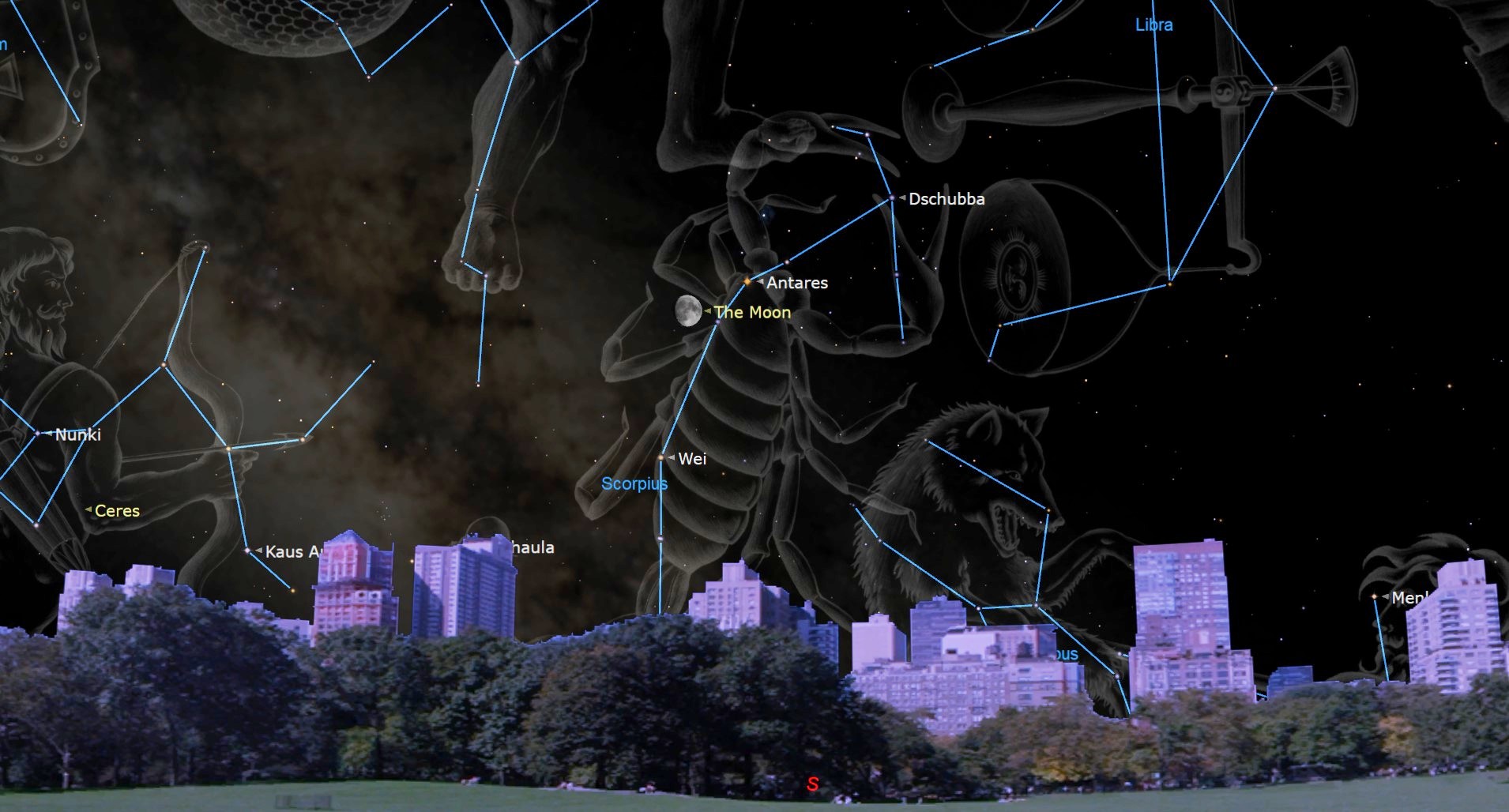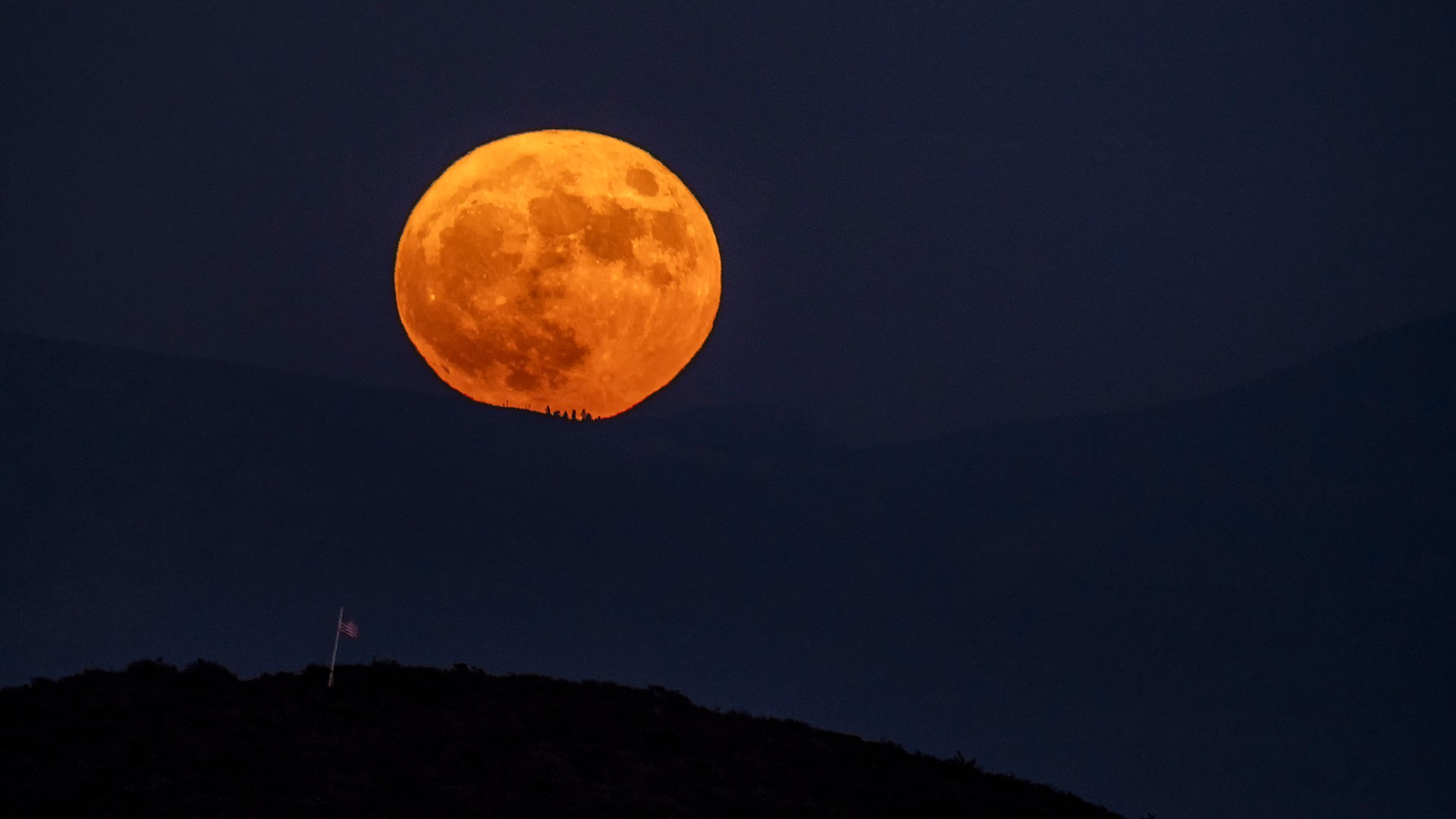Look up! See the Perseid meteor shower, Full Thunder Moon and more this week
Discover your night sky this week, July 15-21, 2024, using just your naked eyes.
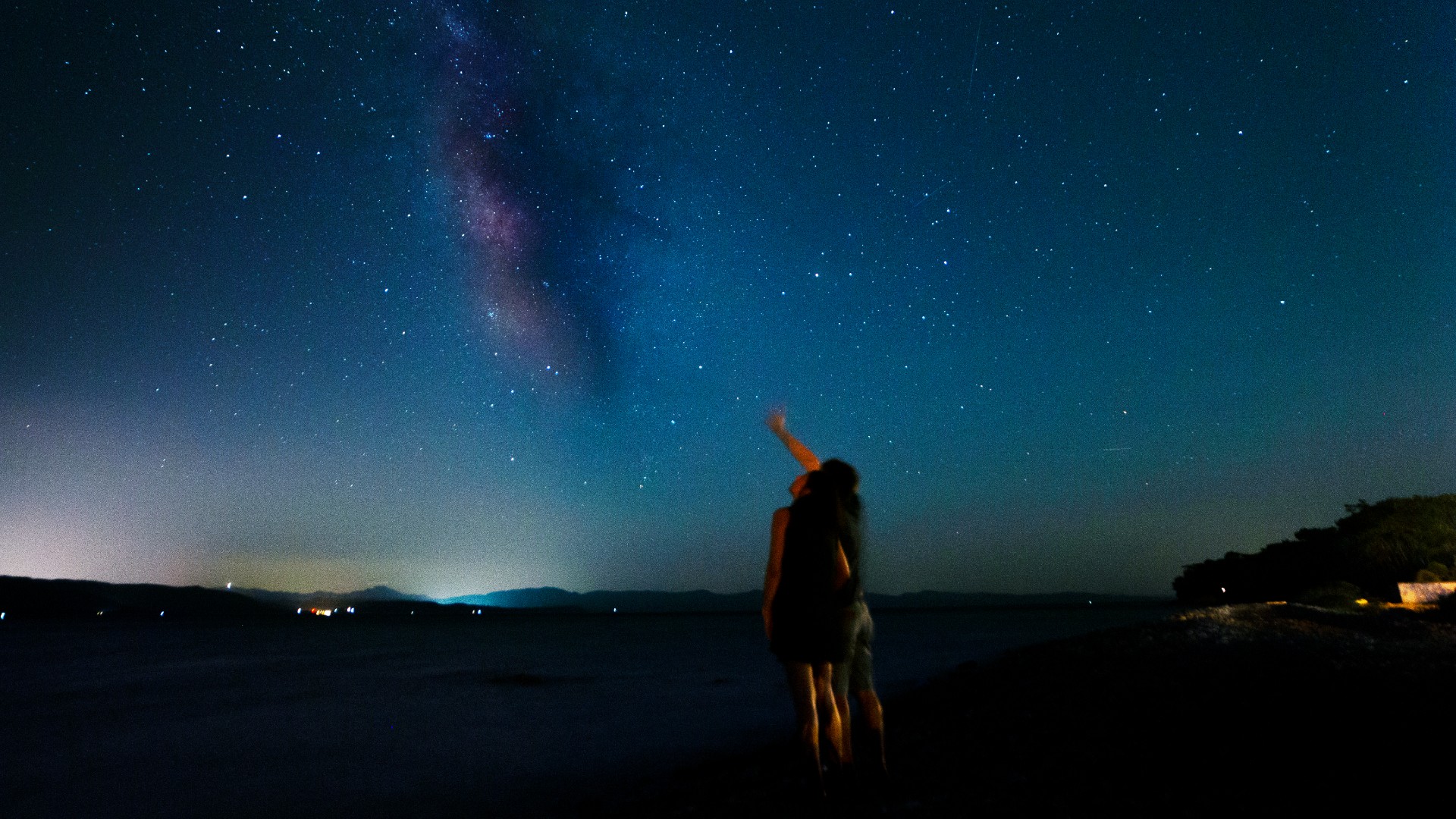
If you want to enjoy the night sky, all you need is curiosity, patience and good weather.
A good telescope or pair of binoculars will help you see some of the night sky’s fainter objects. However, the unaided eye is enough to learn its stars and constellations, watch the moon, experience meteor showers and see satellites whizz across the night sky.
Read on to find out what you can see in the night sky this week without any equipment, from the moon close to planets and bright stars to catching the ever-changing moon phases, shooting stars and much more.
Calendar of naked eye observing highlights
MONDAY, JULY 15 — MARS AND JUPITER VISIT TAURUS (PRE-DAWN)
Today — and all this week — Mars and Jupiter will be visible before dawn among the stars and star clusters of the constellation Taurus, "the bull." Look east, and you'll see bright Jupiter, shining to the left of Aldebaran, a bright supergiant star about 65 light-years, known as the "eye of the bull" in Taurus.
You can trace Taurus's sideways "V" shape of stars, with Aldebaran marking the top of one side and Jupiter on the other. Above the pair will be Mars, which is getting brighter as it waxes towards its once-every 26-month opposition in January 2025. This morning, Mars will be very close to Uranus—about the width of the full moon will separate them — but you'll not see the bluish-green planet unless you have binoculars (if you do, Uranus will be just to the top-left of Mars).
Look to the left of Mars, and you'll get eyes-on with the Pleiades, a beautiful open cluster of young blue-ish stars about 440 light-years away. It's also called the "Seven Sisters," though most stargazers can see only six with the unaided eye. To appreciate the brightness of the Pleiades properly, look slightly to the side of it, thus using the more light-sensitive part of your eye. Return at the same time later this week and you'll see Mars lower in the sky.
MONDAY, JULY 15 — PERSEID METEOR SHOWER BEGINS (EVENING)
Today sees the start of the annual Perseid meteor shower, the most prolific and popular of the year in the northern hemisphere. It runs from today through Sept. 1, as Earth moves through a stream of meteors left in the inner solar system by comet 109P/Swift-Tuttle.
Breaking space news, the latest updates on rocket launches, skywatching events and more!
The peak night — when as many as 50-100 "shooting stars" can be seen — isn't until Aug. 11-12, but if you see any before that, they may be Perseids. Meteors can appear anywhere in the night sky, but if you can trace them back to the northeast — where the source constellation, Perseus, rises after dark — they're probably Perseids.
Read more: Perseid meteor shower returns to our skies this month to kick off summer 'shooting star' season
TUESDAY, JULY 16 — AN 'AFTERNOON MOON' (DAYTIME)
This weekend sees the rise of a full moon, which the week prior before is perfect for seeing a waxing gibbous moon in the afternoon. It's a consequence of the moon's west-to-east orbit of the Earth (anticlockwise from the north pole).
Today, the moon will appear above the east-southeast in the late afternoon, while about 78% of the moon is illuminated, making it very easy to see in a clear sky. It will rise about 50 minutes later each day until Saturday when it will rise as a full moon close to sunset. The pre-full moon always looks fabulous during twilight.
WEDNESDAY, JULY 17 — MOON MEETS ANTARES (EVENING)
Look high above the south come nightfall, and you'll see an 86%-illuminated waxing gibbous moon with a distinctly reddish bright star to the upper right. That's Antares, a huge red supergiant star about 850 times the sun's diameter and around 600 light-years distant in the constellation Scorpius.
Its Greek name means "rival of Ares," which means rival of Mars. That's because of its red color and the fact that the two appear close to each other every 26 months. The next Mars-Antares conjunction is in November 2025.
SATURDAY, JULY 20 — FULL THUNDER MOON (ALL NIGHT)
July's full moon doesn't officially occur until Sunday, July 21, at 6:17 a.m. EDT (1017 GMT). However, it will look its best this month as it rises the evening before. The trick with watching a full moon rise is to catch it as it appears during twilight rather than darkness.
Also called the Buck Moon and Hay Moon, it will shine against the background stars of the Capricornus constellation. Get the exact time of moonriseat TimeAndDate where you are and plan to be somewhere with a clear view of the southeastern horizon.
Want to try your hand at capturing some of these events with a camera? Check out our guide on astrophotography for beginners. If you don't have everything you need, be sure to see our guides on the best cameras for astrophotography and best lenses for astrophotography.
Jamie Carter is the author of Stargazing in 2024 and A Stargazing Program For Beginners.
Editor's note: If you have an amazing skywatching photo and would like to share it with Space.com's readers, send your photo(s), comments, and your name and location to spacephotos@space.com.

Jamie is an experienced science, technology and travel journalist and stargazer who writes about exploring the night sky, solar and lunar eclipses, moon-gazing, astro-travel, astronomy and space exploration. He is the editor of WhenIsTheNextEclipse.com and author of A Stargazing Program For Beginners, and is a senior contributor at Forbes. His special skill is turning tech-babble into plain English.
